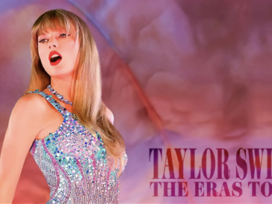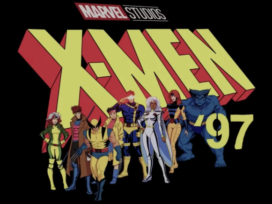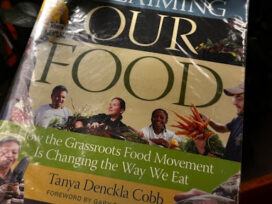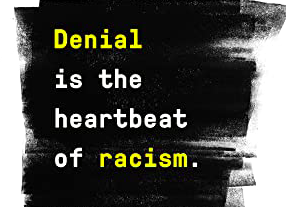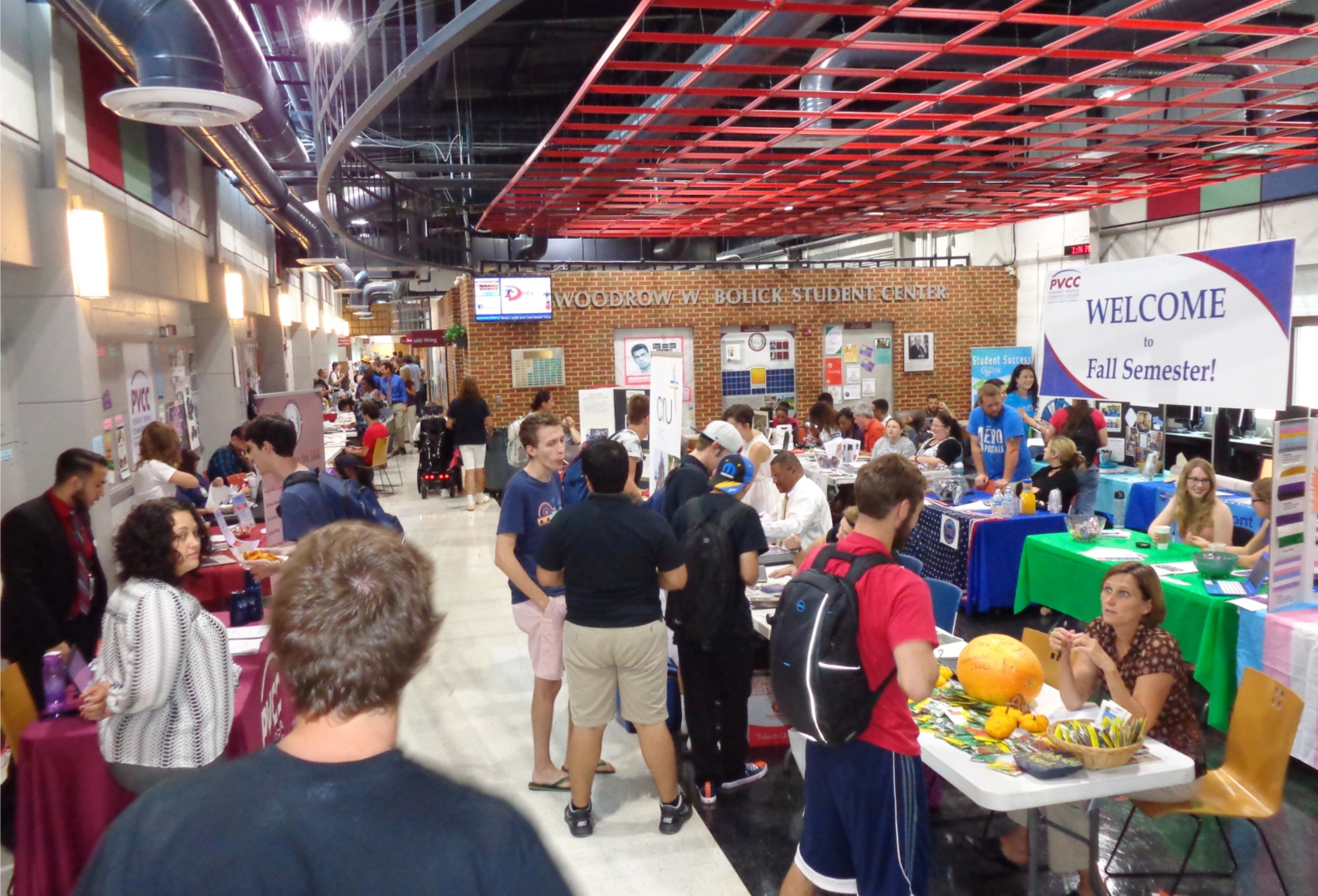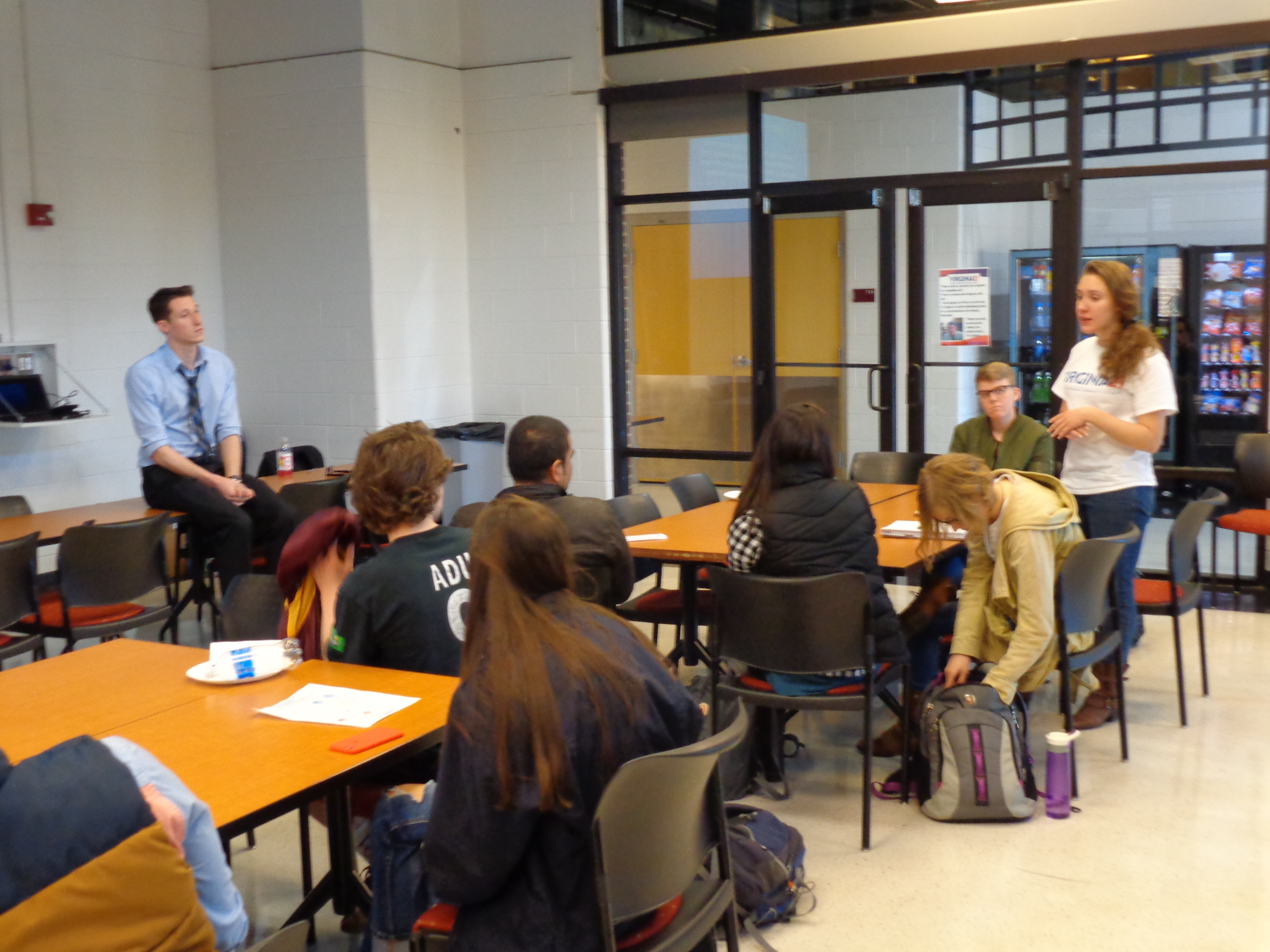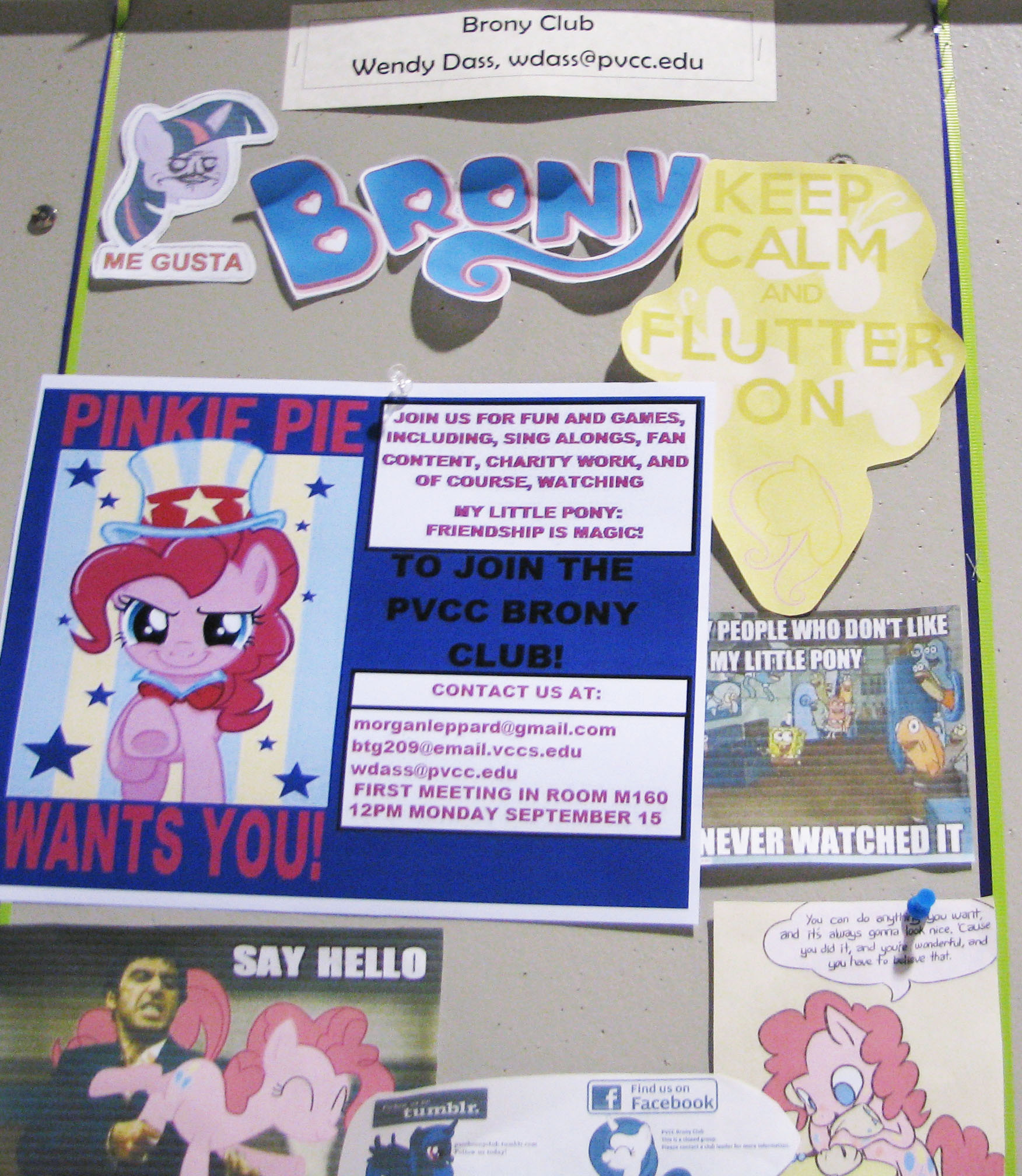
Inside the Brony Club at PVCC
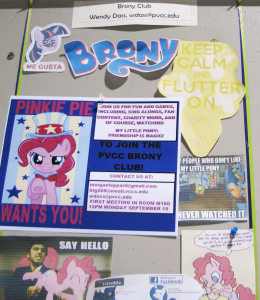
One might wonder what goes on in a room full of adults watching a cartoon with a targeted demographic of girls ages 8-12. Surprising, while one might suspect a group of socially awkward individuals uncomfortable with their societally expected roles, you instead find a diverse group of people talking about how to better others’ lives.
In the hour long meeting, a 22-minute cartoon of My Little Pony Friendship Is Magic was watched; the entire rest of the meeting was dedicated to what charity work the group could focus on. Volunteering to take care of a highway (which requires a two-year commitment from any group that signs up), events to raise money for local homeless shelters, and even donating to local animal shelters were discussed. There was even concern raised to make sure to only donate supplies needed to the animal shelter to ensure there was no chance any monetary donations are used to fund euthanasia of animals, an unfortunate but sadly frequent outcome for overcrowded shelters. They eventually agreed to work for the homeless shelter; raising money as well as making packed lunches for the less fortunate.
“We wanted to create a place for everyone who didn’t feel like there was a club for them,” said Ben Gump, one of the leaders of the club. The leaders hoped that it could be more than just people who were enthusiasts of the show also called “Bronies” a combination of “bro” and “pony.”.
Originally brony specifically meant a male fan of My Little Pony, specially the fourth generation of the show. The term “Pegasister,” a combination of “Pegasus” and “Sister,” was originally used for female fans, but is largely underused currently with female fans simply self-identifying as bronies. When asked to describe themselves, Ben Gump simply smirked and stated, “We’re the island of misfit toys, and I want to be a dentist.”
The show focuses on the adventures of six mares, called the “mane six” by fans. In each episode, a character or characters have to deal with a conflict and how it relates to their friendship with others. Despite the targeted age group the show was made for, it includes a lot of pop-culture references only older views would ever pick up on, such as references to Gone with the Wind. The developer and producer of the show, Lauren Faust, who has worked on others animations such as Fosters Home for Imaginary Friends or Powerpuff girls, stated her goal was a girls’ cartoon that wasn’t bad and offered there was no wrong way to be a girl. Clearly that philosophy of character design has resulted in a cast strong enough to attract a fan base of adults to a cartoon aimed at a much younger audience.
It is, however, not all sunshine and pastel colored equines for the club. They admit when they first started they had to deal with suspicion of their group. “We had to prove we weren’t being shady, that we weren’t a bunch of child molesters,” one member of the group revealed, wishing to remain anonymous. “When we first started, we had lots of people vandalize our posters just because they don’t like the show. It was kind of silly,” added another member. They continued on however, and did not let those vandalisms affect their club; they have been going strong for just over a year now

